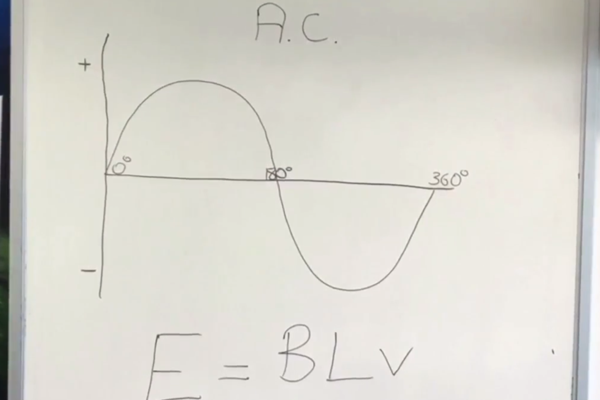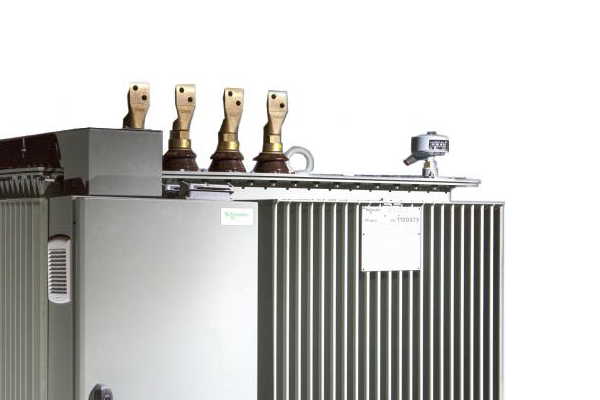The basic principles of electromagnetism
This article will provide a basic introduction to the principles of electromagnetism and electric motors. As the name suggests, electromagnetism is a branch of physics that focuses on the interaction between electricity and magnetism. It plays a major role in most objects encountered in daily life. Electromagnetism is the interaction between conductors and fixed magnetic fields. This video provides an excellent overview of magnetic fields, flux density and motor effect.…








